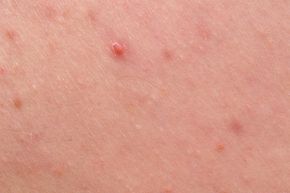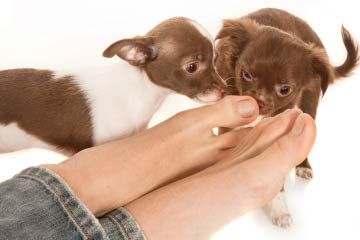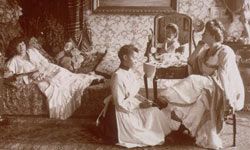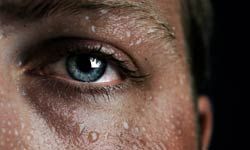You look in the mirror to see a pus-filled explosion has erupted on your nose and chin. You turn around to catch a glimpse of the cyst-like pimples that have taken up residence on your back, and any sort of pressure you put on them causes a lot of pain. No, you haven't contracted the plague. It's just acne, but the pain, discomfort and embarrassment of having less than perfect skin can certainly make you feel like an outcast.
Acne is a skin condition that produces inflamed breakouts on your skin. The breakouts occur when your skin's sebaceous glands, which produce the sebum (oil) that keeps your skin and hair moisturized, become clogged by dead skin cells or an abundance of sebum. When clogging occurs, bacteria can develop, and these bacteria are at the root of acne's inflammation. Whether you call them zits, pimples, blackheads or whiteheads, acne breakouts tend to be one of two major varieties:
Advertisement
- Acne vulgaris: This is the more common form of acne, which manifests itself in blackheads or whiteheads.
- Acne cystic: This severe form of acne occurs when the clog is deep within the follicle. It manifests itself in the form of red bumps, pustules, nodules and cysts on the skin. These can be very painful, and they can also cause scarring.
Acne typically affects teenagers when their bodies go through hormonal changes, which can stimulate the sebaceous glands and trigger overproduction of sebum. While most teenagers will outgrow their acne problems, adults can also have breakouts, most notably women in the days leading up to menstruation.
Acne appears on the areas of body where the sebaceous glands are most dense. Most acne sufferers -- a full 92 percent of them -- experience facial acne. The back and chest are also problem areas for people with acne, with 60 percent of sufferers reporting breakouts in these areas [source: McCoy].
Acne on your back, or "bacne," as some call it, tends toward the more severe types of acne, causing more pain, scarring and even extreme embarrassment. Let's take a look at what causes this severe acne and how you can combat it.
Advertisement



